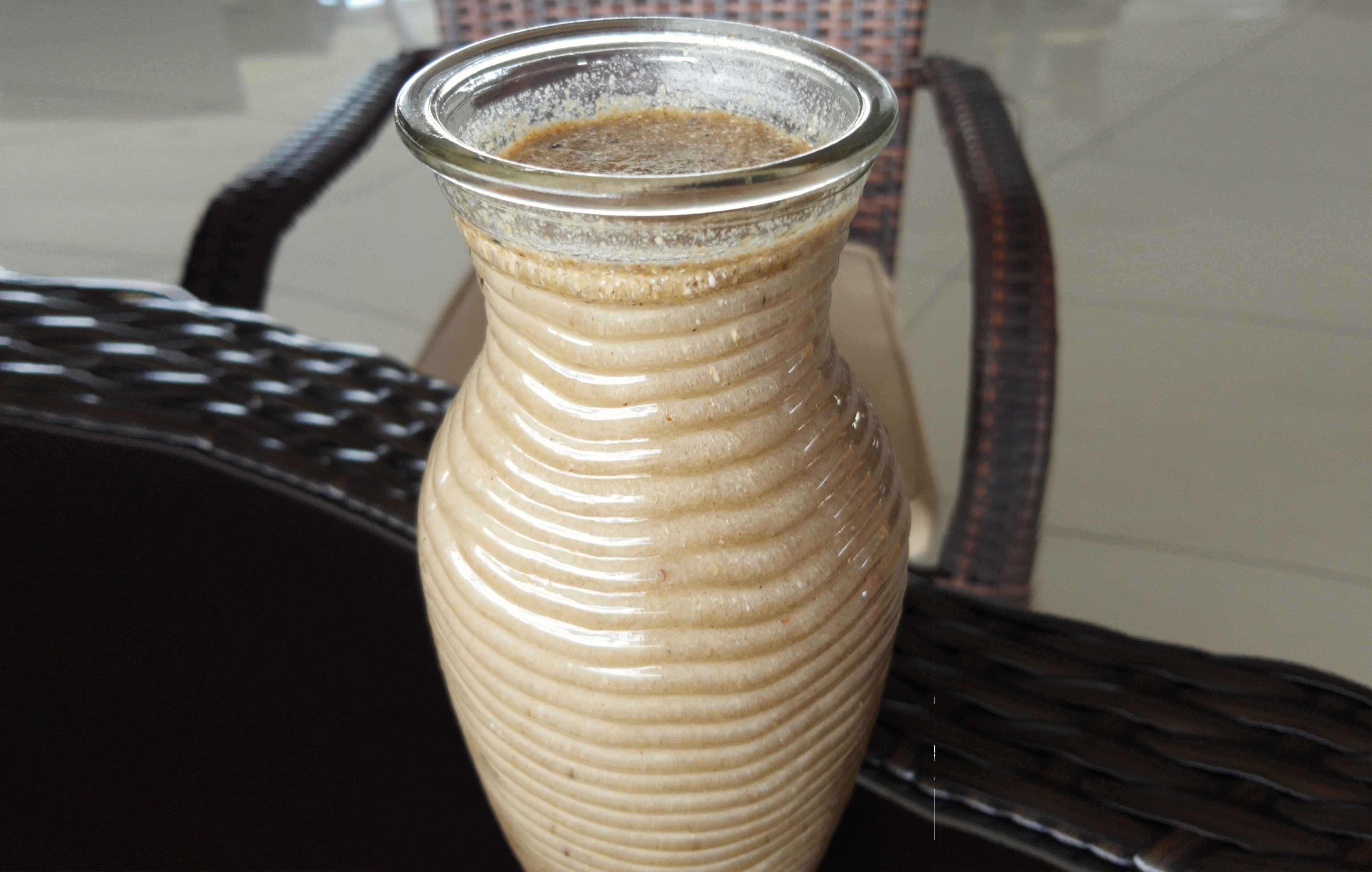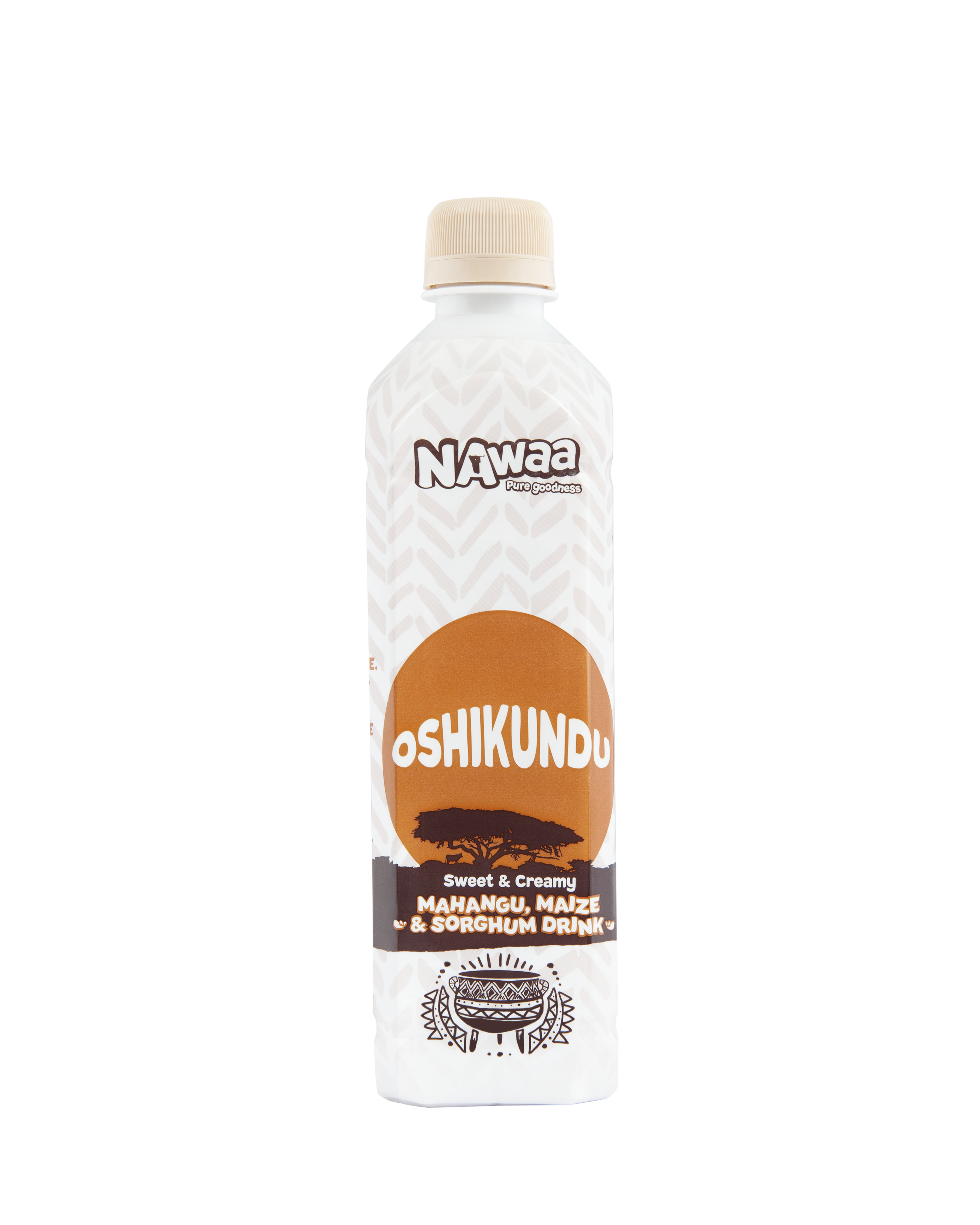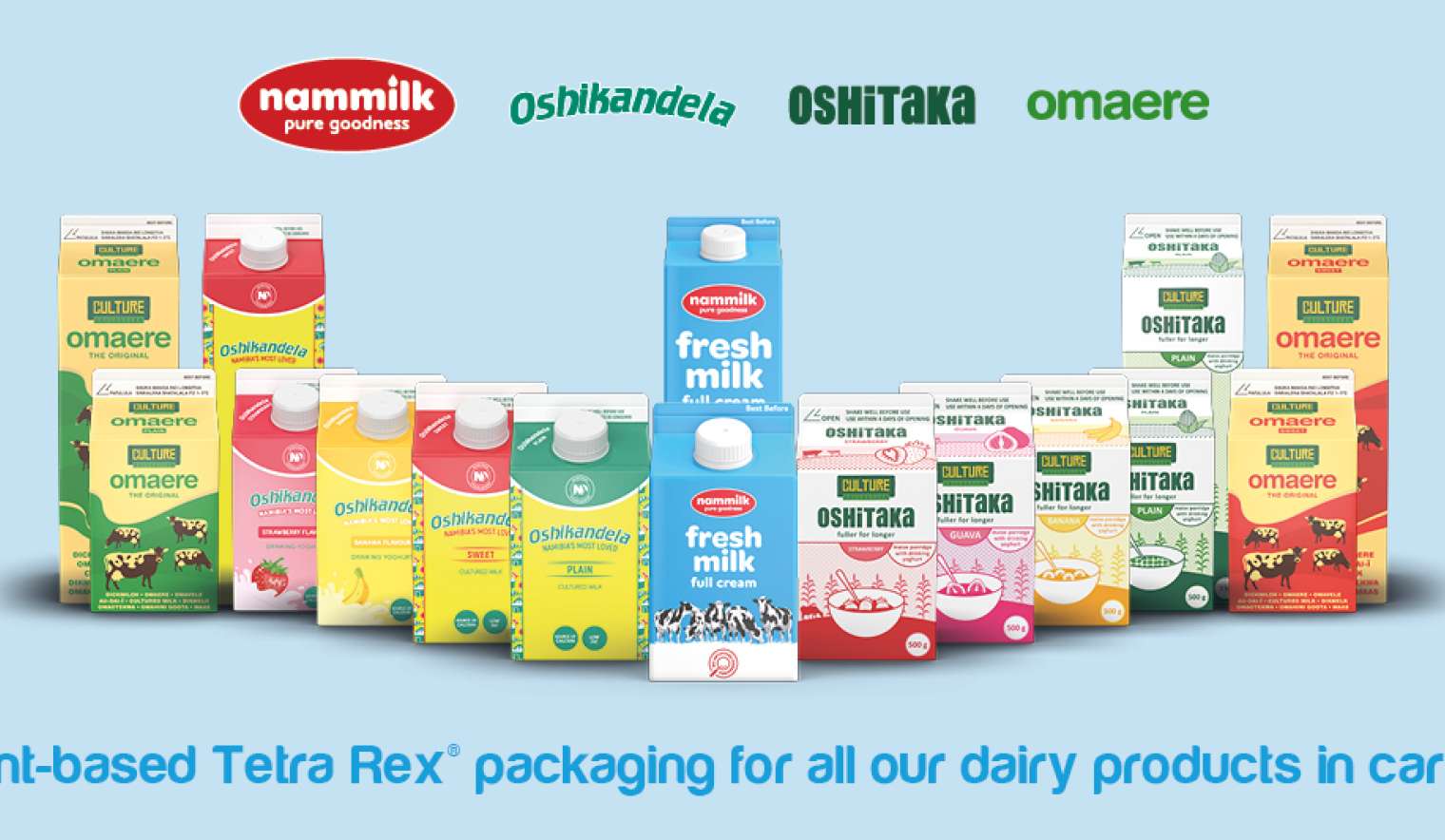Namibian Delights Part II
Brews: Namibian Beer
Namibia boasts a thriving beer culture, with locally brewed beers like Windhoek Lager and Tafel Lager being popular choices in Namibia by the largest beer producer in Namibia called Namibia Breweries.
Now I know that these beers are not 'traditional drinks' per se, but they have been part of Namibia's history for a very long time and the they are made has relatively been the same with only technology changing, so why not include them in this list. These beers are brewed simply with little ingredients giving them a unique and refreshing taste. Windhoek Lager uses this in their advertising as well, all they use is barely, hops and water, yet it is as if they added more than that for it to be such a popular beverage in Namibia and loved by tourists alike.
Even the Germans love it during Oktober fest which is celebrated at Sports Klub Windhoek (SKW) in Olympia. These beers are very enjoyable in Namibia's hot climate especially during summer. This is completely not related I'm a big fan of Windhoek Lager's clothing apparel as well.
2. Oshikundu: A Taste of Tradition
Oshikundu (Oh-she-koon-doo) is a fermented drink made from maize, sorghum, or millet(Mahangu). It is a popular beverage among many of Namibia's tribes and is often brewed for special occasions and ceremonies but you could have it any time you like.
There are also store-bought versions which are manufactured by Interpack Namibia under the brand 'Nawaa'. Nawaa also produces other fermented milk drinks which I will cover in the next point.
3. Cultural Milk: A Unique Tradition
The Oshiwambos have their version which they call "Omashikwa". In the Kavango region there is "Mashini ghakushika". The Herero culture produces "Omaere" which you can find in stores. It has a curd-like texture and isn't as smooth. The Damaras have what they call "Maxau" or "Mageu" and are also available in stores.
And of course, there will always be the debate of which is superior, homemade or store-bought. In the Zambezi region, they have their version called Mabisi or Masanza. It has a very thick texture and it is very sour as well, you would need to add sugar to counter the sour taste, which I would not mind trying since I like sweet and sour notes.
These traditional cultured milks can be enjoyed on their own or accompanied with 'breakfast pap' just as I mentioned in Part 1 of this series. Besides these traditional options, there are a few that are found in stores.
Namibia Dairies manufactures some of these products in Namibia while Interpack Namibia produces others and some that are similar. Namibia Dairies manufactures Oshikandela, Oshitaka and Omaere while Interpack Namibia manufactures Omasi, Mageu and Oshikundu all under the brand Nawaa. These store-bought options come in plain and then sweet options. After that, there are a variety of flavours besides their plain and sweet-based options.
These are just a few examples of drinks from Namibia, each with its own unique flavour and cultural significance. Whether you're sipping on a traditional brew such as the Mahangu beer or cultured milk or enjoying a modern delight such as the beers or store-bought cultured or fermented milk, Namibia's drinks are sure to leave you wanting more.
If you are reading this it is because you have made it this far. Thank you so much for sticking around, we have now come towards the end of our Namibia Delights series. Stick around as we might do this again soon but maybe under a new title. Be sure to leave some suggestions below. I didn't cover everything in depth as this was just a brief rundown. If I didn't mention something that should have been on the list, be sure to comment them below so that I include it in the next blog.
Credits and Links:
Hover your cursor over the pictures. The sources and links will be provided once you do that.
Copyright Notice:
All content and images are copyright of their respective owners. If you believe any content has been used in error, please contact me for immediate removal.







Let me go get me some!😍
ReplyDeleteYou won't regret it Aarjay. There are so many delicious options.
DeleteThis is a very interesting blog
ReplyDeleteThank you! I'm glad you found it interesting.
DeleteEnjoyed reading this, can't wait for the new post
ReplyDeleteThank you so much! I'm thrilled you enjoyed it, and I'm excited to share the next post with you too!
DeleteInformative!
ReplyDeleteThank you! I'm glad you found the post informative Mirjam.
DeleteVery enlightening Jacel!
ReplyDeleteI'm glad you found the post informative Lorenz.
Delete